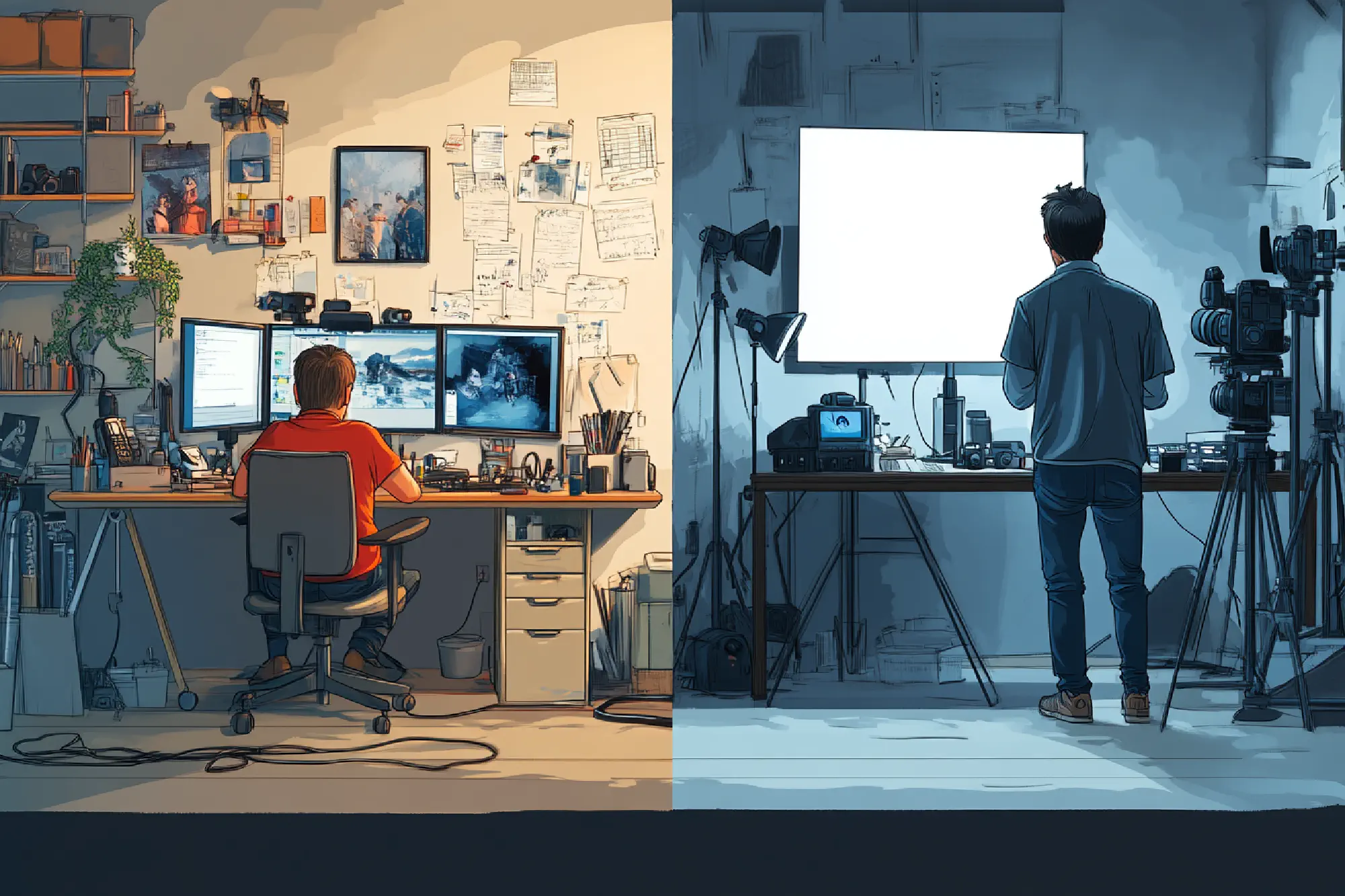Font Engineer vs. Font Designer: Understanding the Key Differences
In the specialized world of typography, two critical roles often cause confusion: the Font Engineer and the Font Designer. While both contribute to creating successful typefaces, they focus on distinctly different aspects of the process. This article clarifies these roles and helps you understand which specialist you might need for your typography projects.
The Fundamental Distinction
At its core, the distinction between these roles is straightforward:
- A Font Engineer focuses on the technical implementation, functionality, and performance of fonts
- A Font Designer concentrates on the visual aesthetics, character design, and stylistic elements
However, the complete picture is more nuanced and worth exploring in detail.
The Font Engineer: Technical Implementation Specialist
A Font Engineer is primarily responsible for the technical aspects that make fonts function properly across digital environments. Their work includes:
1. Technical Development
- Converting design outlines into functional font files
- Establishing metrics, kerning, and technical parameters
- Programming OpenType features like ligatures and alternates
2. Cross-Platform Implementation
- Ensuring consistent rendering across operating systems
- Troubleshooting technical display issues
- Optimizing for different screen resolutions
3. Performance Optimization
- Minimizing file size while maintaining quality
- Optimizing loading performance for web use
- Creating efficient variable font implementations
4. Technical Problem-Solving
- Resolving compatibility issues
- Creating workarounds for technical limitations
- Implementing solutions for complex script behaviors
A Font Engineer must possess strong technical skills, including programming knowledge, understanding of font formats, and familiarity with rendering technologies.
The Font Designer: Visual Aesthetics Expert
A Font Designer, by contrast, focuses on the visual and artistic elements that give a typeface its distinctive character:
1. Visual Design
- Creating the shapes and forms of each character
- Developing the distinctive style of the typeface
- Ensuring visual consistency across the character set
2. Creative Direction
- Establishing the conceptual approach
- Defining the typeface’s personality and voice
- Making aesthetic decisions that support the intended use
3. Letterform Development
- Drawing individual characters with precision
- Balancing proportions and relationships between letters
- Creating harmonious visual rhythm across the alphabet
4. Stylistic Variations
- Designing multiple weights and styles
- Creating italics, condensed versions, or display variants
- Developing alternate character forms
A Font Designer typically has an art or design background with a deep understanding of typography history, letterform construction, and visual principles.
When Roles Overlap
In practice, there’s often overlap between these roles:
- Some professionals are skilled in both areas, functioning as hybrid designer-engineers
- Small type foundries may have individuals who handle both aspects
- Independent type creators often learn both skill sets out of necessity
As typography becomes more technically complex, however, specialization becomes increasingly valuable, especially for large-scale projects.
When You Need a Font Engineer
You should consider working with a dedicated Font Engineer when:
- Your typeface needs to function across multiple platforms
- You require advanced OpenType features
- Your project involves variable font technology
- You’re developing fonts for complex writing systems
- You’re experiencing technical issues with existing fonts
- Your typography needs to meet specific technical standards
When You Need a Font Designer
A specialized Font Designer is essential when:
- You want a completely custom, original typeface
- Your brand requires a distinctive typographic voice
- You need expertise in specific stylistic approaches
- Your project demands high-level aesthetic refinement
- You’re reviving or extending historical typefaces
- You need conceptual innovation in your typography
The Ideal Collaboration
The most successful typography projects often involve collaboration between Font Designers and Font Engineers, with each bringing their specialized expertise to the process:
- The Designer creates the visual concept and draws the letterforms
- The Engineer advises on technical feasibility during design
- The Designer refines the drawings with technical input
- The Engineer implements the technical aspects and programming
- Both collaborate on testing and refinement before release
This partnership ensures both aesthetic excellence and technical performance.
Conclusion
Understanding the distinction between a Font Engineer and a Font Designer helps you identify the specialized expertise your typography project requires. While designers create the visual identity of a typeface, engineers ensure it functions flawlessly in the digital world.
For comprehensive typography projects, particularly those involving technical complexity or multi-platform deployment, having access to both skillsets—whether through separate specialists or a versatile professional with both capabilities—provides the best foundation for success.
As a professional who works as both a Font Engineer and Font Designer, I offer comprehensive typography services that address both technical and aesthetic needs. Contact me to discuss your project requirements.
